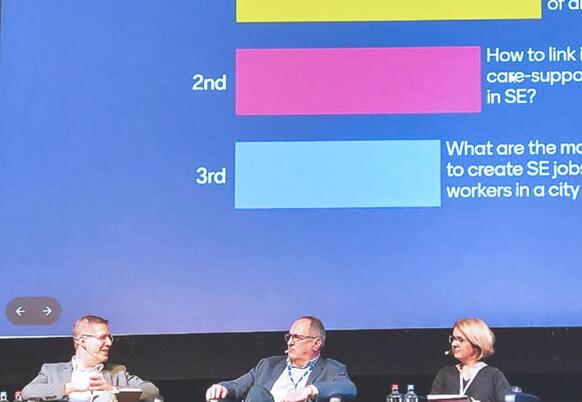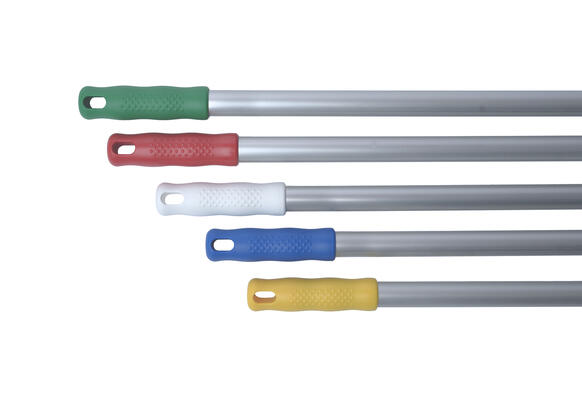WAAK refurbishes plugs and tests batteries of on-board units Satellic
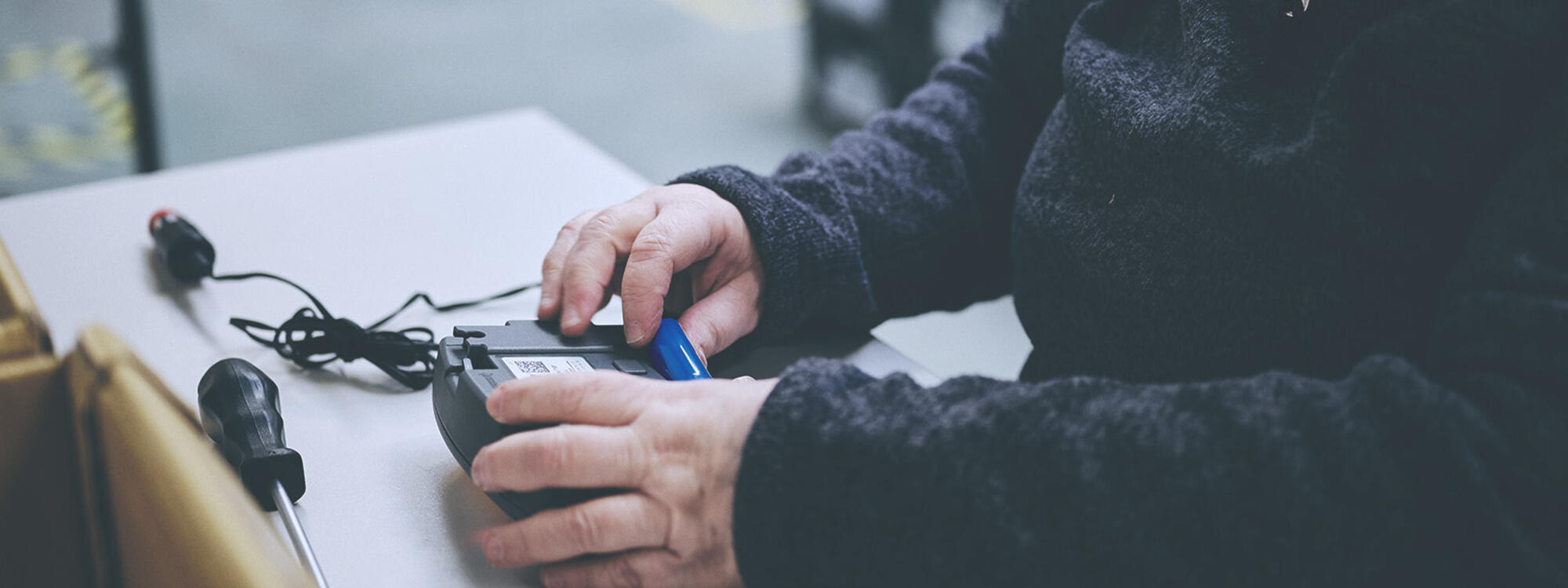
In Belgium, heavy goods vehicles of 3.5 tonnes or more are subject to a kilometre charge. To record the number of kilometres driven, they must have a toll device called an on-board unit (OBU) installed. These units are provided by the company Satellic. The company only has a limited amount of OBUs in circulation, so it is important to keep them in good condition for as long as possible. The company does this by having the devices refurbished by the employees of WAAK Plastic Assembly. Recently, we took the project to an even higher level by also refurbishing the plugs of the devices and testing the batteries for their suitability for reuse. This makes the Satellic project a textbook example of the circular economy.
Refurbishment OBUs: maximising lifespan
Heavy goods vehicles from 3.5 tonnes have been paying a kilometre charge on Belgian roads since 2016. They must have a toll on-board unit (OBU) installed in the lorry's cab. Satellic provides OBUs to truck drivers on behalf of the Belgian government agency Viapass. The company has manufactured a total of 800,000 OBUs for the Belgian market and the aim is not to manufacture any more units. It is therefore important for Satellic to maximise the lifespan of the existing on-board units and to keep them in good condition for as long as possible. Since 2020, the company has achieved this by having the devices refurbished by WAAK Plastic Assembly. WAAK's employees do this in a secure and specifically designed area. They ensure around 100,000 OBUs stay operational each year.
WAAK specifically acts as an OBU logistics hub that receives and identifies each OBU with a unique ID number. Once the OBU has been identified, it is checked for any visual or technical damage or defects. Depending on this evaluation, the OBU will have its software updated or be repaired at a later date as necessary. The on-board unit undergoes a final clean and check before it is dispatched to the following user.
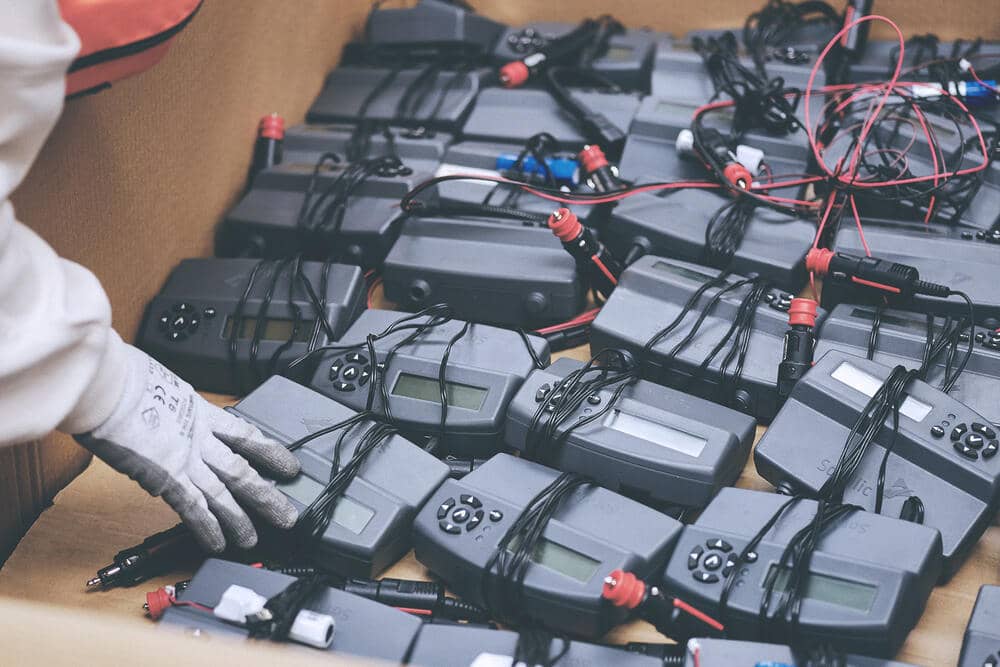
OBU refurbishment taken to even higher level
The project has now been running smoothly for three years and has evolved significantly. We took the project to an even higher level by also handling the refurbishment of the on-board units' plugs and by testing the batteries for their suitability for reuse. During the refurbishment process, Satellic reported that in many cases the batteries were still usable or could easily be recharged and put back into service. It was therefore decided not to simply replace the batteries anymore, but to test them first. This has meant that about 70% of batteries are now reused.
And this is not all. Satellic has gone one step further. All the OBUs and their batteries are now fully traceable thanks to a unique ID. When our staff scan the OBUs, its ID is matched with the battery's ID. Satellic records and stores this information in a database. This allows the company to monitor things better and compare the evolution of the quality of the batteries. Based on that data, the company can select the most sustainable batteries on the market to ensure that far fewer batteries have to be discarded. This saves costs and benefits the environment.
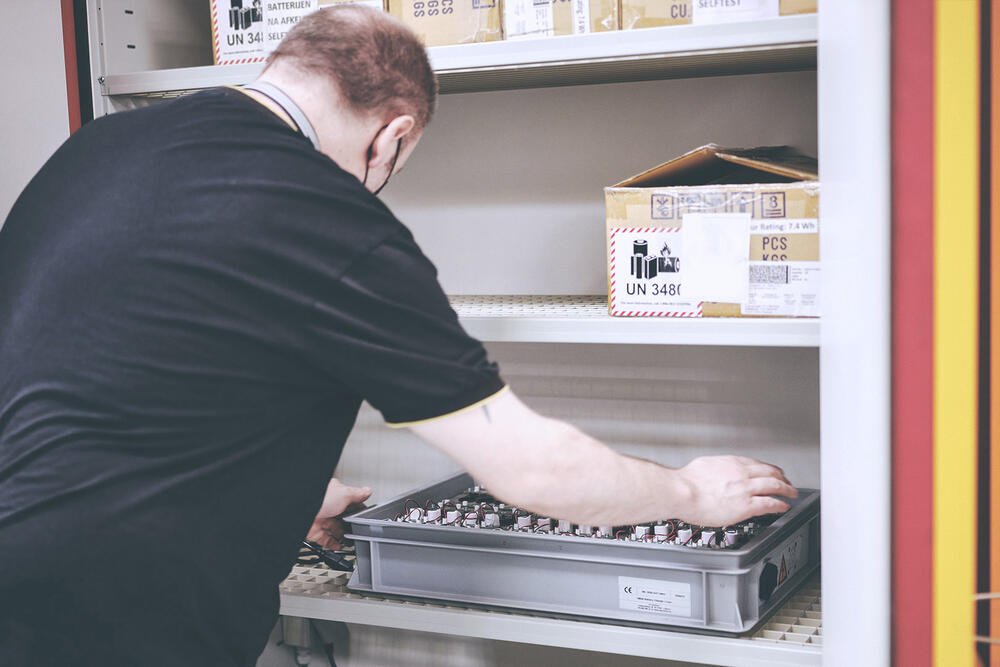
Refurbishing the electric plugs of the toll boxes
The OBUs are connected with a cable and plug. Of course, these are also subject to wear and tear. That is why our refurbishment process now also includes cable replacement. If our staff find that a cable is worn or broken, they will cut the cable and replace it. The plug will be reused if possible. Our staff will remove the remaining cable from the plug and fit a new cable. The new cables are manufactured by our Cable Assembly Department at the WAAK site.
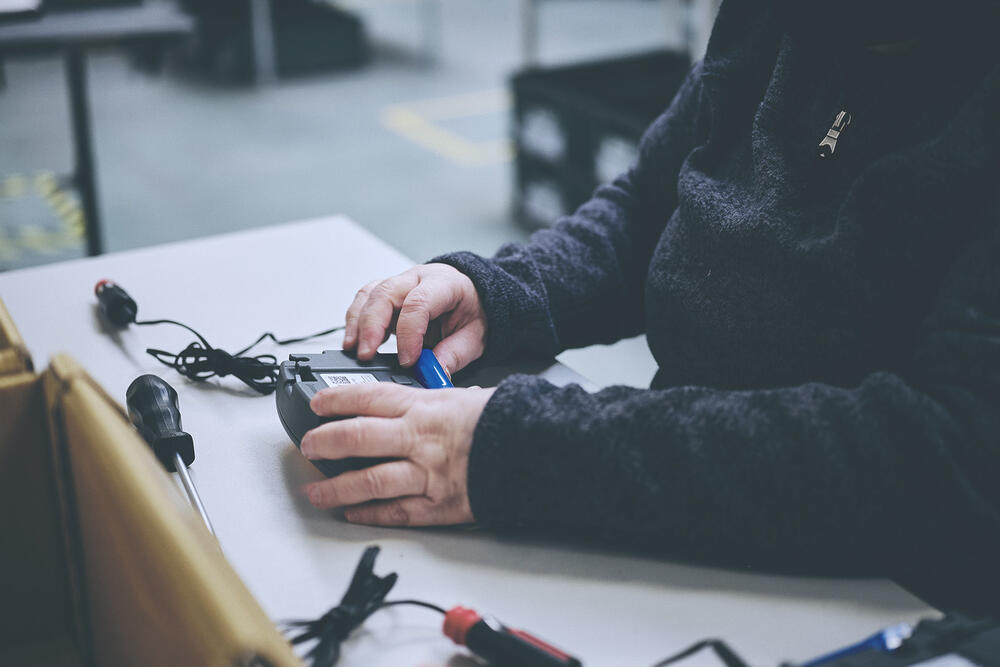
All components reused: Textbook example of the circular economy
To replace the broken parts, WAAK stockpiles certain components: screens, plugs, housings and so on. These are recovered from OBUs that can no longer be used. This way, hardly any new parts need to be manufactured. That is why the OBU refurbishment project is a textbook example of circularity. Almost everything is reused. The project shows that profit and the ecological economy are not mutually exclusive. Tim Vannieuwenhuyse, WAAK Managing Director: "Our goal is to generate 25% added value in the ecological economy. The Satellic project is an important part of this. We strongly believe in circularity, because our staff at the sheltered workshop play a very significant part."
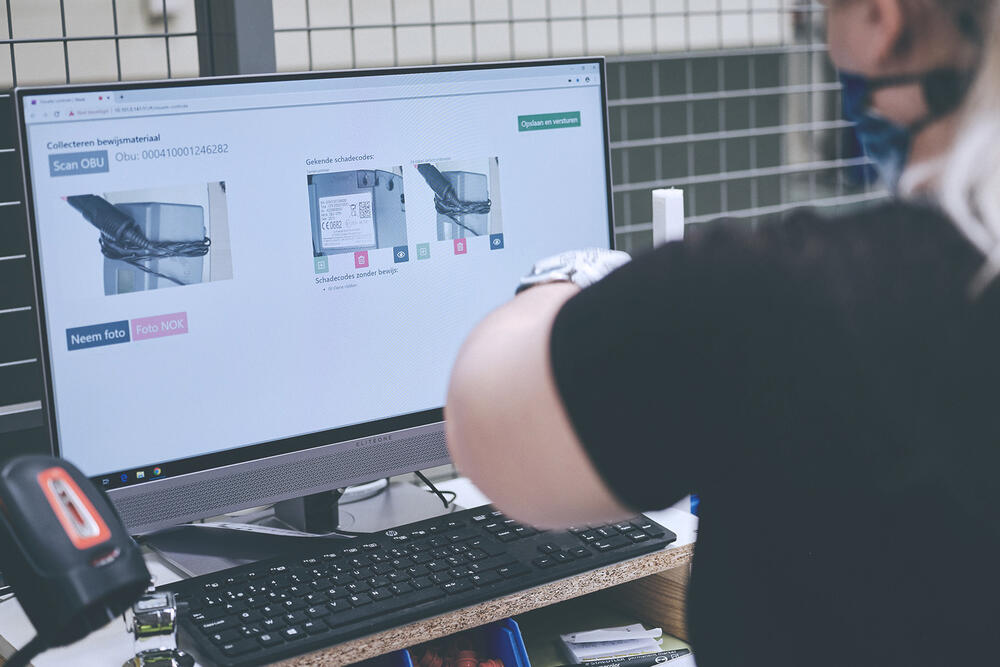
Supported by technological innovation
Finally, the OBU project is also a great representation of how we can use technology to bridge the gap between the complex demands of the market and the competencies of our sheltered workshop staff. Refurbishing OBUs is a very complex and comprehensive endeavour. To make this more manageable for our workers at the sheltered workshop, we divide the production process into smaller sub-processes. This makes the work easier for our people and increases the quality of the end result as every step in the production flow is checked. We use technology to make sure it is virtually impossible for our workers to make mistakes. A good example is the assignment of the right OBU status (all OK, damaged but repairable, no longer repairable). To eliminate any errors, our scanning system uses a mechanical selector to guide the on-board unit to the right storage box.
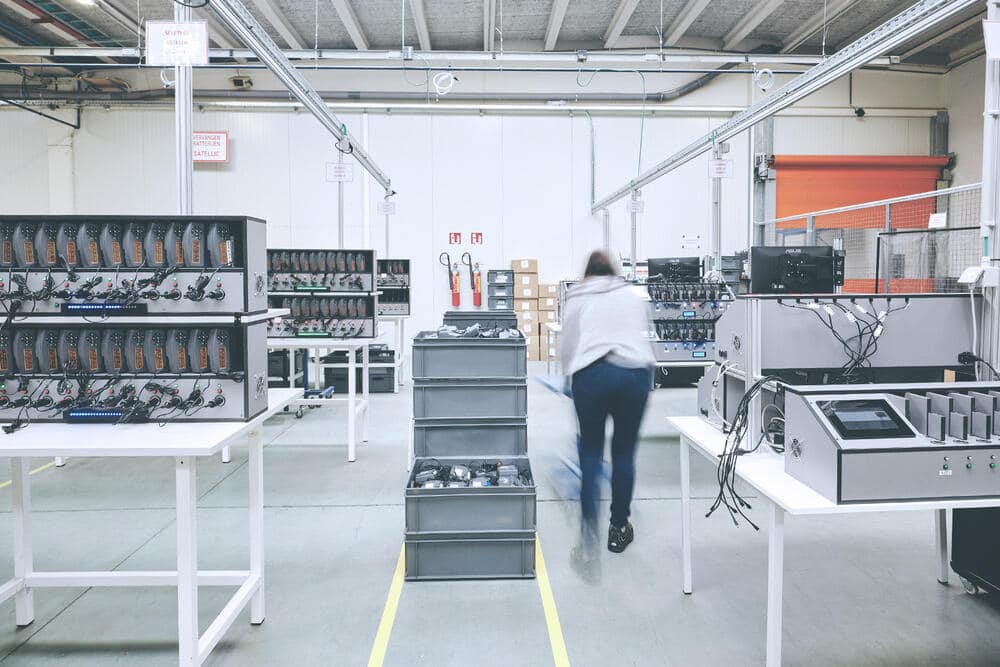
Sustainability and circularity: Perfect representation of what WAAK stands for
The Satellic project is therefore a good representation of what WAAK stands for. Sustainability, circularity, technology and the social aspect all come together seamlessly. Whereas in the mainstream economy they are often (wrongly) regarded as opposites, here they work together and reinforce each other perfectly.
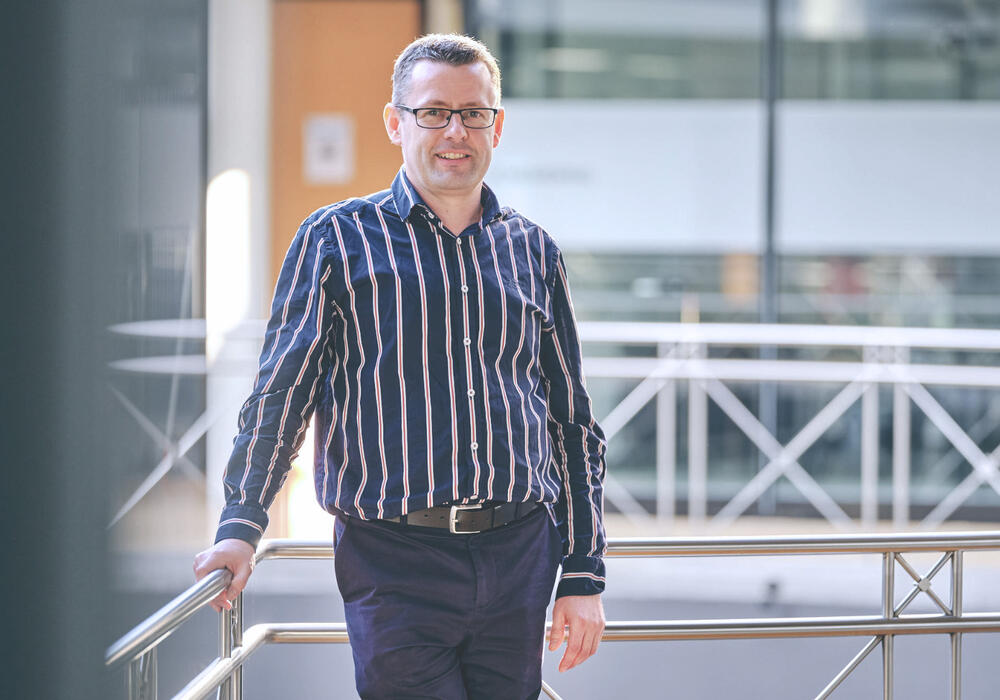
Let's talk!
Nicolas Adens
Key Accountmanager
M: nicolas.adens@waak.be
T: +32 56 36 34 34

